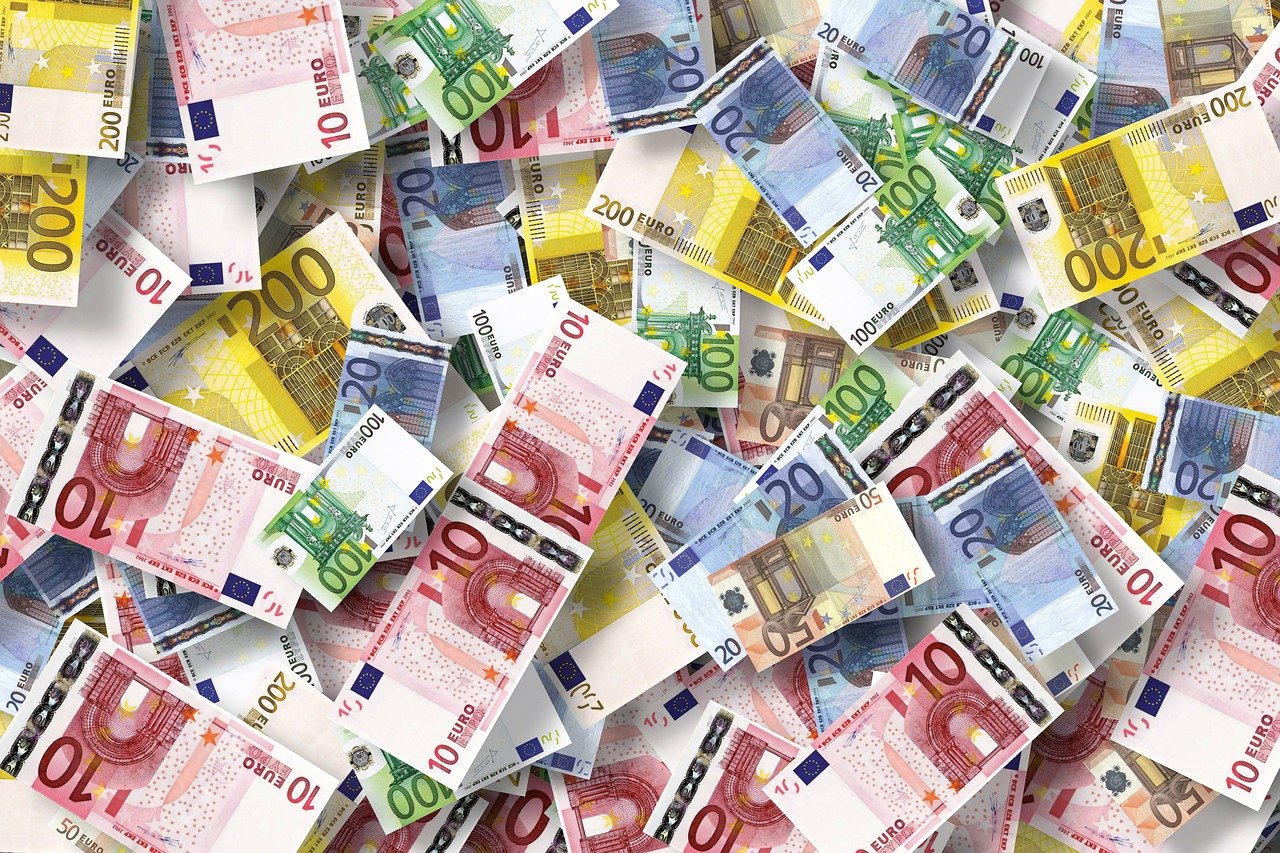Exchange Rate Between AED and USD: Factors, Predictions, and Conversion Insights
GPT_Global - 2025-11-19 15:01:03.0 264
What is the exchange rate between AED and USD for travel?
When planning international travel, one of the most important considerations is understanding the exchange rate between the local currency and your home currency. If you're traveling from the UAE, for example, you'll need to know the exchange rate between the UAE Dirham (AED) and the US Dollar (USD). This will help you manage your travel budget and ensure you get the best deal when converting money.
The exchange rate between AED and USD tends to remain relatively stable, as the UAE Dirham is pegged to the US Dollar. However, fluctuations in the market can still occur, so it's wise to check the current rate before you exchange currency. A good remittance service will provide real-time rates to help you make informed decisions when transferring money abroad for travel purposes.
To ensure you get the most value when exchanging AED to USD, consider using a trusted remittance business. Many services offer competitive exchange rates and low fees, allowing you to send money for travel without losing a significant amount to high conversion costs.
By staying informed and using reliable remittance services, you can maximize your travel budget and avoid any unpleasant surprises when managing your finances abroad.

How much will 1000 AED convert to in USD at a bank?
When sending money abroad, one of the most important factors to consider is the exchange rate. For individuals in the UAE looking to convert AED to USD at a bank, the rate can vary depending on the current market conditions, the specific bank, and any associated fees. Generally, the exchange rate offered by banks may be slightly lower than the market rate to account for service charges.
As of recent estimates, 1 AED typically equals around 0.27 USD. Therefore, 1000 AED would convert to approximately 270 USD. However, it's crucial to remember that banks often charge a small margin on the exchange rate, meaning the actual amount you receive may be a bit lower.
For anyone planning to remit funds from the UAE, it’s wise to compare rates from different banks and remittance services. In some cases, online platforms or specialized money transfer services may offer better exchange rates and lower fees, helping you get the most value for your money. Always check the current rates before proceeding with any transaction.
What is the difference between the buy and sell rate for AED to USD?
When sending money abroad, understanding the difference between the buy and sell rate for currencies is crucial. Specifically, when dealing with the AED (Arab Emirates Dirham) to USD (United States Dollar) exchange, the difference can impact how much money you send or receive. The buy rate is the price at which a currency exchange service will buy a foreign currency from you. In contrast, the sell rate is the price at which the service will sell you foreign currency.
For example, if you're sending AED to the United States, the buy rate is the rate at which the remittance service purchases AED from you in exchange for USD. On the other hand, the sell rate is the rate at which you would receive USD when sending AED. Typically, the buy rate is lower than the sell rate, meaning you get less USD for your AED if you are the sender.
Understanding this difference is important when choosing a remittance service. The exchange rate spread between these two rates can significantly affect the final amount of money received by the recipient. As a customer, it’s wise to compare rates from different providers to ensure you get the best deal.
How can I predict the future value of AED against the US dollar?
Predicting the future value of the UAE Dirham (AED) against the US Dollar (USD) is crucial for businesses in the remittance industry. The exchange rate between AED and USD plays a significant role in determining the cost-effectiveness of transferring money internationally. Various factors affect this currency pair, such as geopolitical events, oil prices, and inflation rates.
One of the most effective ways to predict the future value of AED against the US dollar is by analyzing historical data and economic trends. Currency forecasting tools and models, including technical analysis and fundamental analysis, can help to identify patterns and make predictions. Tracking market sentiment, interest rate changes, and global economic indicators also provide valuable insights for predicting currency fluctuations.
Additionally, staying informed on the latest news about the UAE's economy, such as oil exports, government policies, and international trade, can offer predictions regarding the future of the AED. For remittance businesses, understanding these dynamics helps to minimize risks and optimize money transfers to offer better rates and services to customers.
How much would 1000 AED have been worth in USD five years ago?
In the world of international remittance, currency exchange rates play a significant role. Understanding how exchange rates evolve over time can help both senders and recipients of money make more informed decisions. One common question is how much 1,000 AED (United Arab Emirates Dirhams) would have been worth in USD (U.S. Dollars) five years ago.
Five years ago, in 2018, the exchange rate for AED to USD was approximately 0.27 USD for every 1 AED. At that rate, 1,000 AED would have been worth roughly 270 USD. This value can vary slightly based on market fluctuations and specific service provider rates.
For individuals sending remittances, understanding past exchange rates is important for recognizing trends in currency values. This can help in selecting the best time to send money, ensuring both the sender and receiver get the most value for their money.
As exchange rates continue to fluctuate, remittance businesses can help clients track these changes and make timely transfers. Always stay informed about current rates to maximize the effectiveness of international money transfers.
Is the AED stronger or weaker than the USD?
In the world of international remittance, the exchange rates between different currencies play a crucial role. A common question arises: Is the AED (United Arab Emirates Dirham) stronger or weaker than the USD (United States Dollar)? Understanding the strength of these currencies is important for both senders and receivers of remittances.
The AED is generally pegged to the USD at a fixed rate of 3.6725 AED to 1 USD, meaning the two currencies maintain a stable exchange rate over time. This pegged system helps keep the AED stable, which benefits businesses and individuals making international transactions.
However, while the AED is tied to the USD, it doesn't mean it’s stronger in the global market. The USD remains the dominant global reserve currency, often considered a safe-haven asset during times of economic uncertainty. As a result, the USD is widely regarded as the stronger currency in terms of global influence and purchasing power.
For businesses in the remittance sector, understanding this relationship helps in optimizing transaction costs and ensuring efficient money transfers for customers. Whether sending money to or from the UAE, the stability of the AED tied to the USD ensures predictability in remittance transfers.
How do banks determine the rate for converting AED to USD?
When it comes to converting AED (United Arab Emirates Dirham) to USD (United States Dollar), banks rely on a combination of factors to determine the exchange rate. This rate can fluctuate based on global economic conditions, interest rates, and market demand for both currencies.
One of the primary factors influencing the AED to USD exchange rate is the supply and demand for these currencies in the foreign exchange market. If there’s a higher demand for USD, the value of the AED might decrease, resulting in a higher conversion rate.
Additionally, banks often use the central bank’s exchange rates as a reference point. In the UAE, the Central Bank of the UAE sets the rates that influence commercial banks’ currency exchange rates. However, banks may also add a margin for their services, which is why the rates offered by different institutions can vary.
For businesses in the remittance industry, it’s essential to stay updated on these fluctuations to offer the best possible rates to customers. By understanding the underlying factors, remittance services can help customers navigate the complexities of currency conversion more effectively.
About Panda Remit
Panda Remit is committed to providing global users with more convenient, safe, reliable, and affordable online cross-border remittance services。
International remittance services from more than 30 countries/regions around the world are now available: including Japan, Hong Kong, Europe, the United States, Australia, and other markets, and are recognized and trusted by millions of users around the world.
Visit Panda Remit Official Website or Download PandaRemit App, to learn more about remittance info.



